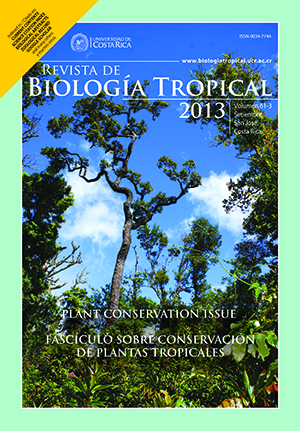Abstract
Nestmate recognition is fundamental for the cohesiveness of the colony in social insects. Acromyrmex landolti is a higher Attini, a leaf-cutter ant with largest nest and morphological castes. We studied the location of the recognition signal of A. landolti on the whole ant body, the isolation effect on the capacity of nestmate recognition, and the role of the mandibular (MG) and post-pharyngeal glands (PPG) as putative sources for chemical recognition signals in this species. We performed behavioral bioassays and chemical analyses of MG and PPG glands; MG volatiles in different castes were also characterized. In order to determine the occurrence of nestmate recognition signals, behavioral tests were performed for which the whole body, body parts or gland extracts from a nestmate and an alien worker ant, were placed on the central axis of an active field trail. Besides, the isolation effect of the nestmate chemical signal persistence was evaluated by repeating the experiments with whole ant bodies after 12h, 24h and 48h of isolation. The agonistic behavior of the ants on the trail was classified as inspection, threatening and biting. Gland volatiles were obtained by headspace solid phase microextraction, and PPG by solid sample analyses; and chemical analyses were performed using gas chromatography-mass spectrometry. Workers performed agonistic behaviors more frequently towards non-nestmate whole bodies, body parts and gland extracts, primarily those from the post-pharyngeal glands. Nestmate thoraces odorized with alien extracts were also recognized from aliens. Nestmate recognition ability persists for 12h and 24h after isolation, but decreases after 48h, suggesting that the chemical signal changes over time. Inter-colonial chemical analyses showed no differences in the PPG hydrocarbon profiles, while the relative proportions of MG compounds showed significant differences between colonies. These results showed that nestmate recognition was achieved by MG volatiles. Possibly, the PPG secretion works as a matrix that absorbs MG volatiles. We report, for the first time, some mandibular gland compounds for the genus Acromyrmex and for the tribe Attini group.##plugins.facebook.comentarios##
Downloads
Download data is not yet available.






